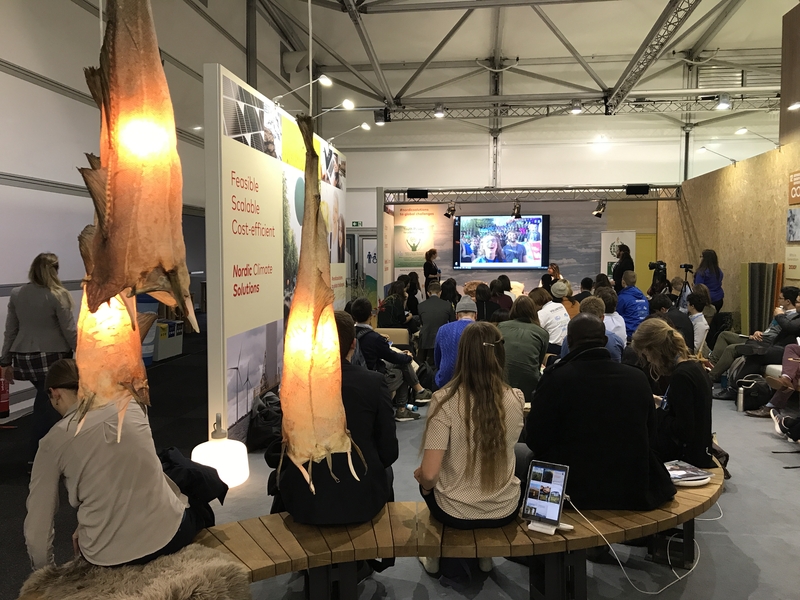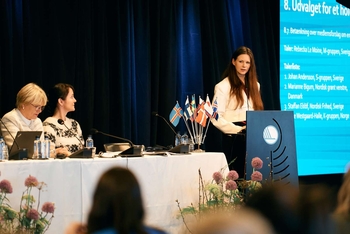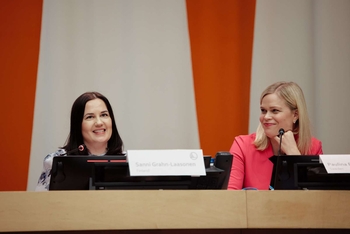Sustainable consumption and production – the Nordic Region’s self-critical message on effective climate action

“The Nordic countries are among the best equipped to reach the UN’s sustainable development goals. Yet we mustn’t get complacent as we still have a really long way to go,” says Martin Larsen from Danish think tank Sustainia and co-author of the report Bumps on the road - an overview of the Nordic challenges in relation to the Sustainable Development Goals.
“In a political sense, efforts relating to sustainable development goal number twelve centre around making it easy for people to make sustainable choices. Here the Nordic Region is in a position to take responsibility for its actions, and for recognising how its behaviour affects other regions in the world,” says Larsen.
Changing consumer culture
The construction, food and fashion industries were picked out as being sectors in which material consumption is the common denominator.
“The debates show that there is an obvious need to change consumer culture and our approach to things like clothes and fashion,” says Trine Schmidt, co-ordinator of the Nordic Council of Ministers’ new sustainability programme Generation 2030.
Generation 2030, whose primary theme is sustainable consumption and production, also attracted attention in social media.
“Great work by the Nordic Council of Ministers. Also have a look at their honest assessment of progress,” commented Jocelyn Blériot, executive director of the Ellen MacArthur Foundation, on Twitter.
Discussions under fish lamps
The decor of the Nordic pavilion also conveys the Nordic message on sustainable development. Icelandic lamps made of fish skin demonstrate the importance of using all available raw materials efficiently in order to reduce waste. The information desk made of recycled planks from Danish ports demonstrates the interaction between the circular economy and the Nordic tradition of design.
“We’ve set the stage for interactive and probing events and what we’re seeing right now really adds to the notion that we’re helping to shape the future, and that there’s hope and potential in our climate efforts,” says the project manager for the Nordic pavilion Mads Randbøll Wolff.
Follow the debate on Nordic climate solutions at COP23 via the Facebook event Nordic Climate Solutions at COP23 and on Twitter using the hashtag #NordicSolutions.




